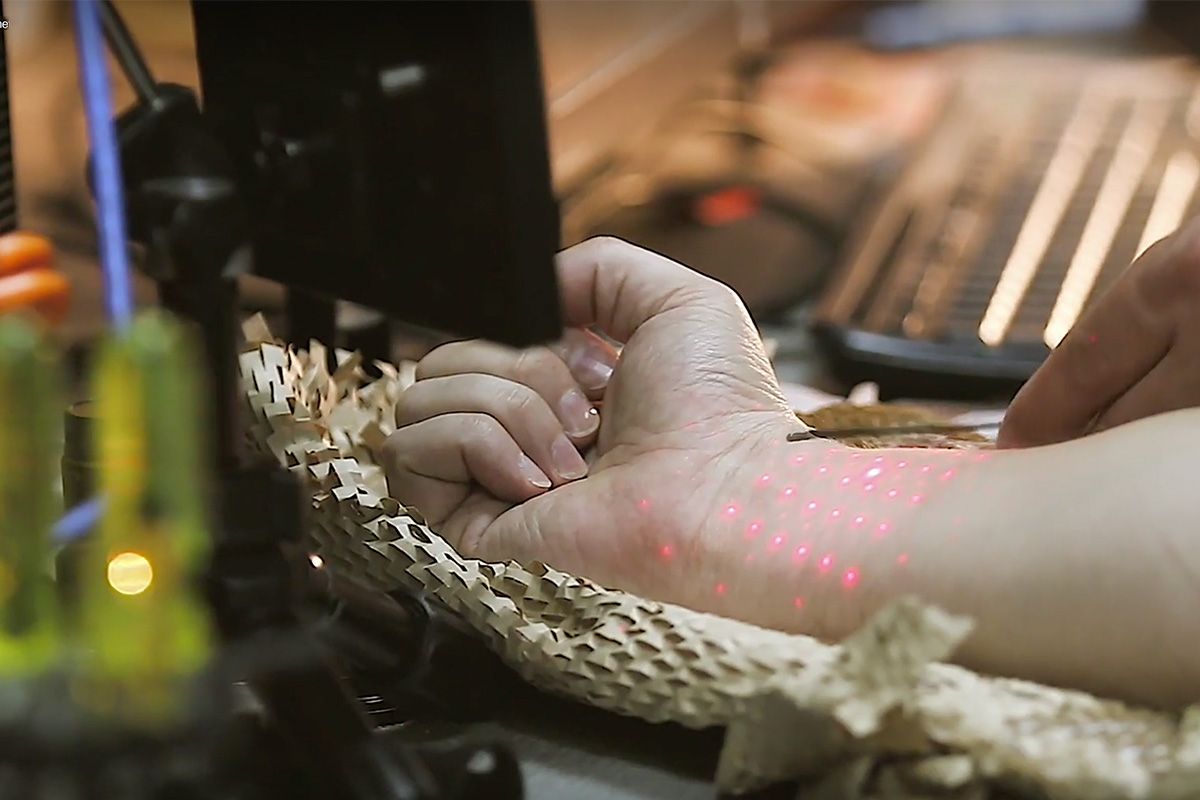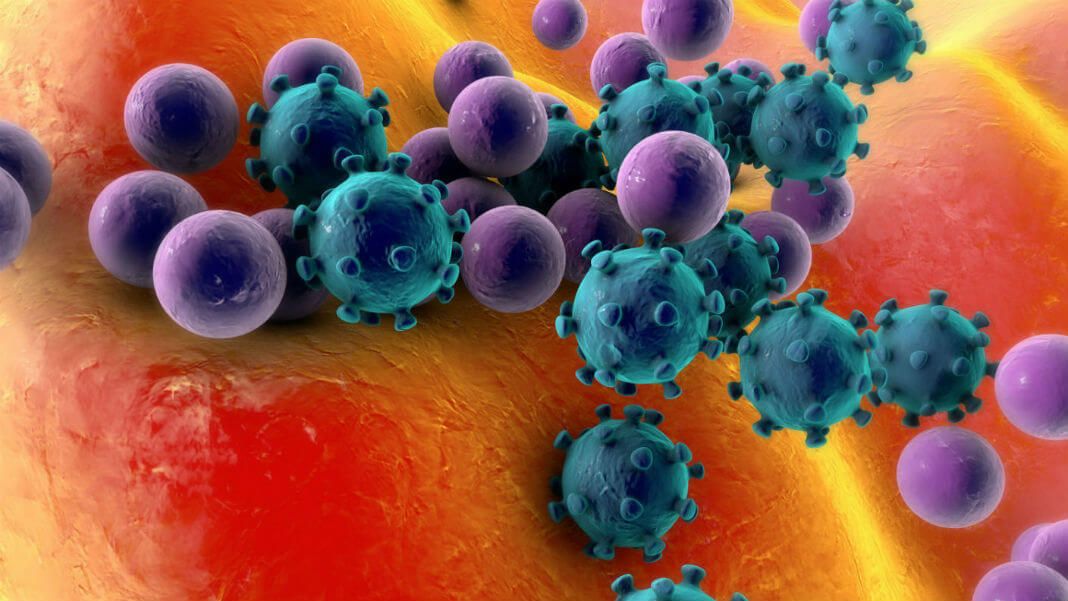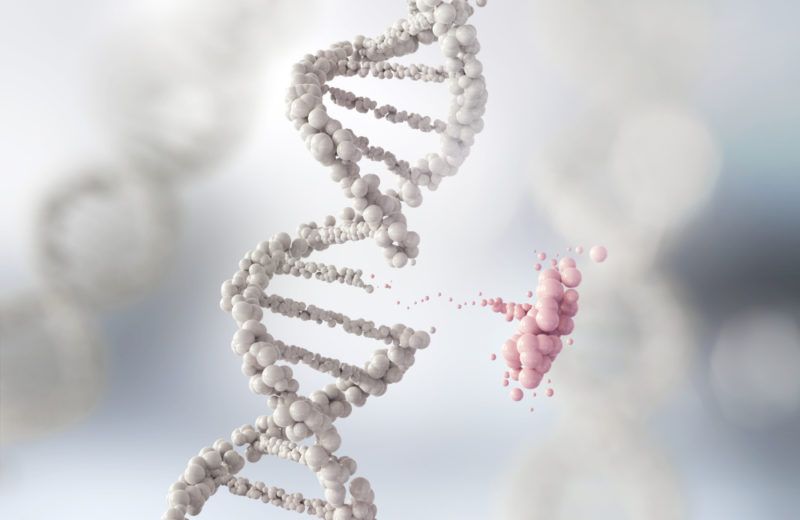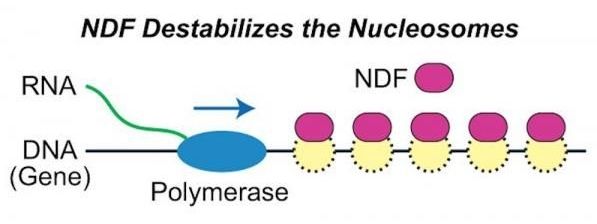May 16, 2018
Laser can detect your heartbeat and breathing from a metre away
Posted by Genevieve Klien in categories: biotech/medical, privacy
By Julianna Photopoulos
A laser device can monitor vital signs such as your heartbeat, breathing rate, and muscle activity from up to a metre away. The device is intended for hospital patients or those with chronic diseases who need close monitoring at home. What’s more, it works through your clothes.
“No wires — everything is non-contact — continuously measuring different biomedical parameters with a single sensor,” says Zeev Zalevsky who developed the SmartHealth Mod with his team at ContinUse Biometrics, based …
Continue reading “Laser can detect your heartbeat and breathing from a metre away” »

















